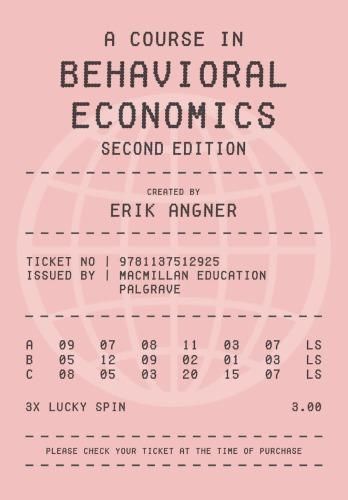Behavior detection The following passage is from USA Today: Doug Kinsey stands near the security line at
Question:
Behavior detection The following passage is from USA Today:
Doug Kinsey stands near the security line at Dulles International Airport, watching the passing crowd in silence. Suddenly, his eyes lock on a passenger in jeans and a baseball cap.
The man in his 20s looks around the terminal as though he’s searching for some thing. He chews his fingernails and holds his boarding pass against his mouth, seemingly worried.
Kinsey, a Transportation Security Administration [TSA] screener, huddles with his supervisor, Waverly Cousins, and the two agree: The man could be a problem.
Kinsey moves in to talk to him.
The episode this month is one of dozens of encounters airline passengers are having each day – often unwittingly – with a fast-growing but controversial secu rity technique called behavior detection. The practice, pioneered by Israeli airport security, involves picking apparently suspicious people out of crowds and asking them questions about travel plans or work. All the while, their faces, body language and speech are being studied.
The TSA has trained nearly 2,000 employees to use the tactic, which is raising alarms among civil libertarians and minorities who fear illegal arrests and ethnic profiling. It’s also worrying researchers, including some in the Homeland Security Department, who say it’s unproven and potentially ineffectual.
The government is unlikely to reveal data on the efficacy of this program, but we can make some reasonable assumptions. Every month, roughly 60 million people fly on US carriers. Let us imagine that 6 of them are terrorists.
Let us also imagine that the TSA personnel are highly competent and will correctly identify a person as a terrorist or non-terrorist in 98/100 of cases.
Questions:
(a) What is the probability that a passenger selected at random is a terrorist and is correctly identified as such by TSA personnel?
(b) What is the probability that a passenger selected at random is not a ter rorist but is nevertheless (incorrectly) identified as a terrorist by TSA personnel?
(c) What is the probability that a passenger in fact is a terrorist conditional on having been identified as such by TSA personnel?
(d) Is this test diagnostic?
Notice that in the story above, the man was apparently a false positive, mean ing that the story inadvertently ended up illustrating the lack of diagnosticity of the test.
Step by Step Answer:







